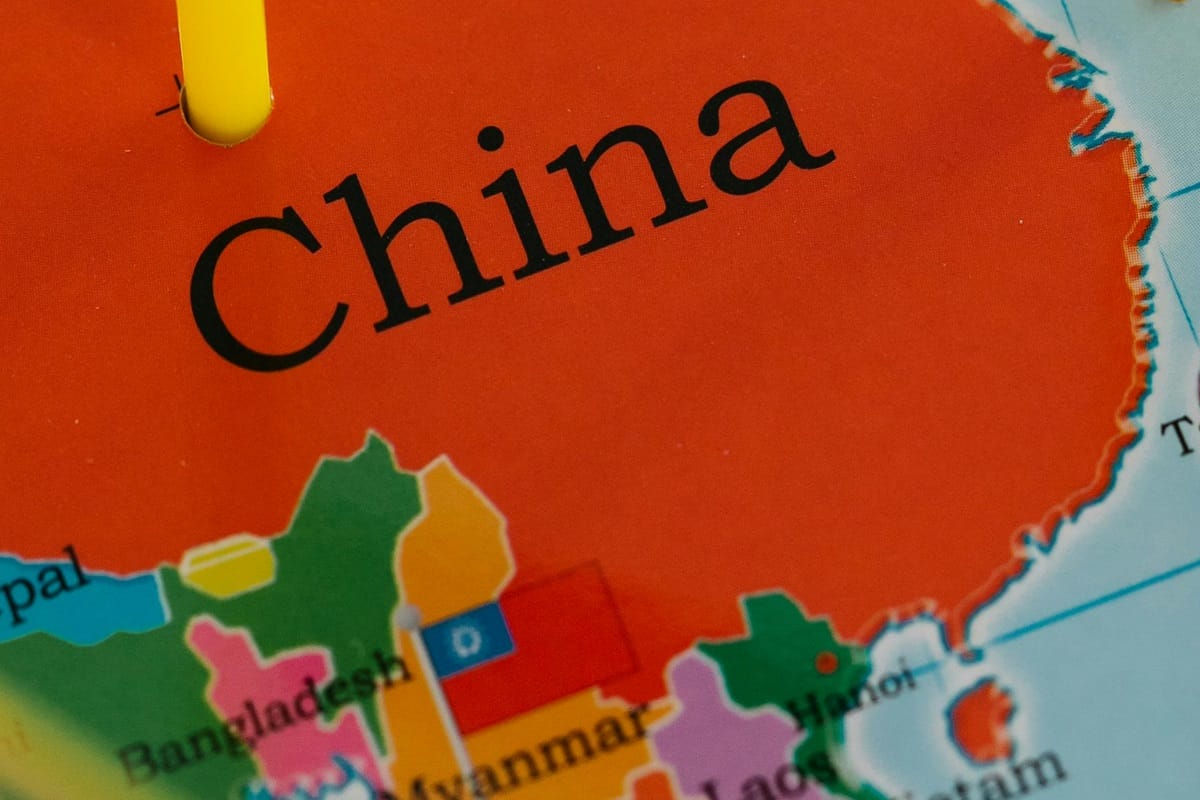The speech by the head of the People’s Republic of China, Xi Jinping, signals that the authorities of this Asian country may start trading government bonds in the foreseeable future to regulate liquidity in the market.

If the mentioned decision, which is still potentially possible, is eventually made, Beijing will begin to implement an action strategy that is a kind of standard practice for the Federal Reserve System and many other major financial regulators around the world.
Last month, a book was published containing the text of Xi Jinping’s speech at the financial policy meeting last October. It is worth noting that this speech was not quoted in full in the information space until March. The mentioned financial policy meeting is an event that takes place twice every ten years. Unknown before the publication in March, the theses of the head of China are a call for expanding the tools of the monetary policy of the Asian country. Xi Jinping said that the local financial regulator should increase the volume of buying and sales of government bonds as part of its open market operations.
It is known that the People’s Bank of China (PBOC) has not made significant bond purchases since 2007. Xi Jinping’s theses calling on the Asian country’s financial regulator to resume the mentioned practice, which became known in March, provoked a kind of frenzy of speculation among traders last week. The change in the policy of the central bank of China will obviously have a significant impact on the market situation. Xi Jinping’s call can be interpreted as a guarantee that the financial regulator will resume bond trading. At the same time, this action strategy has been in existence for about six months as a potential, but not yet the made decision.
Liu Lei, a researcher at the National Institute for Finance and Development, a state think tank that advises Chinese government agencies, says that in other countries, the standard practice of central banks involves the use of government bonds or sovereign credit as the basis for issuing money. According to the expert, the mentioned strategy is a necessary path for the transition of the financial regulator of the Asian country and the local monetary system to modernity.
It is worth noting that the market received the theses of Xi Jinping, published in March, ambiguously. Some traders initially began to assume that Beijing was most likely considering quantitative easing. In this case, an unconventional form of incentive is implied, in which the purchase of sovereign bonds and other assets is carried out to reduce yields and revitalize the economy. For the first time, this method of action was used by the Bank of Japan more than 20 years ago. After the global financial crisis and the coronavirus pandemic, similar measures were taken by the Federal Reserve and other policymakers.
Recently, Beijing has been facing significant economic problems. Against this background, there have been many different assumptions about what decisions will be made by the leadership of the Asian country as part of efforts to improve the current state of affairs. In the context of the relevant arguments, the central topic of discussion was the degree of probability that the world’s second-largest economy will take drastic measures to correct the negative situation in sectors such as, for example, real estate, which has found itself in a condition of excessively prolonged and deep crisis. The financial regulator of the Asian country is already using targeted lending programs, which, according to some experts, have significant similarities with the principles of the quantitative easing methodology. This statement is based on the fact that the mentioned programs contribute to the expansion of the PBOC balance sheet.
At the same time, there is an opinion in the expert community that Xi Jinping’s theses published in March should not be interpreted as groundbreaking changes in China’s monetary policy. This point of view is based on several factors. In the context of substantiating the opinion that the October speech does not have some kind of extraordinary character, attention is drawn to the fact that Xi Jinping specifically mentioned both the buying and selling of government bonds. This is a significant difference from the concept of quantitative easing, which involves buying and holding bonds, especially on a large scale. Attention is also drawn to the fact that interest rates in the Asian country are still well above zero. This significantly reduces the number of reasons for the local financial regulator to decide on actions within the framework of the concept, which is traditionally considered an emergency tool to stimulate demand when short-term rates have flatlined.
The PBOC did not respond to a media request for comment on Xi Jinping’s statements, which became known last month. It is worth noting that in the past, many Chinese officials have negatively assessed quantitative easing. They drew attention to the risks associated with using such a method of action by the led of the United States. Opponents of quantitative easing also argued that asset purchases would cause damage to markets and harm the reputation of central banks. Moreover, these officials argued that quantitative easing provokes so-called moral risks.
There is also an opinion circulating in the expert community that trading sovereign bonds is most correctly described as an additional tool for the PBOC to pump liquidity into the market and ensure the stability of rates.
It is worth noting that China’s financial regulator can use several more tools to provide money to the economy. In the relevant context, among other things, it is worth mentioning medium-term loans. In this case, lending to commercial banks is supported and it is possible to reduce the amount of cash that financial institutions must keep in reserves. At the same time, this method of action contains disadvantages. According to economists, China is gradually reducing opportunities for further cuts of the reserve requirement ratio. This circumstance forms the need to resume the issuance of loans. Also, any misjudgment of the demand for liquidity can trigger a significant cash crunch.
UBS Group AG economists Nina Zhang and Wang Tao, in a note published last week, said the PBOC needed more flexibility in managing liquidity. Also, in their opinion, China’s financial regulator should have additional tools to expand its balance sheet. Separately, they noted that over the years the size of the government bond market has expanded, which is why trading in these securities by the central bank has become more necessary and feasible.
Xi Jinping’s October statements are obviously not what can be called the comments of an outside observer. This means that trading government bonds is a highly realistic prospect. At the same time, there is still no exact information about when exactly the financial regulator of the Asian country will begin to take appropriate actions.
Liu Lei says that the buying of bonds by central banks is likely to be a very slow process, noting that this step is still in the design phase.
There is also an opinion in the expert community that fiscal stimulus may be a signal that the PBOC is guaranteed to start buying bonds in the current year. A report by economists at Goldman Sachs Group Inc., published last week, notes that such actions can ease the pressure on liquidity. In this context, experts draw attention to the fact that in the short term, an increase in the supply of bonds is expected within the framework of the planned issuance of special sovereign debt for 1 trillion yuan ($138 billion) in 2024.
Currently, there is no understanding of how an increase in the surge of bond buying will have an impact on its yields. Strategist at Citigroup Inc. Philip Yin predicts that in the short term, the profitability indicator is likely to decrease. According to the expert, purchases of debt obligations by the Chinese financial regulator will help strengthen market confidence in liquidity. Philip Inya also believes that the mentioned actions of the central bank will improve the forecasting of the future digesting of government bonds.
At the same time, the long-term effects of the PBOC policy change are unknown. If the Chinese financial authorities decide to combine more liquid instruments with further measures to stabilize economic growth, there is a high probability that investors will shy away from safe assets in favor of riskier ones.
Regardless of which strategy the PBOC eventually chooses, Xi Jinping’s October statements have already become a definite event in themselves. Also, world practice shows that after the central bank decides to start trading government bonds, the previous state of affairs enters a kind of zone of rapid changes. For example, Japan’s financial regulator in 2001 intended to limit the scope of its initial program before ramping up the amount of bonds it bought. In 2013, the central bank of this country embarked on the second round of quantitative easing. At that time, the Japanese financial authorities added a conventional bond trading program called Rinban to their massive new asset purchase plan.
In some cases, there is little real difference between buying bonds as a liquidity tool and using it to stimulate the economy.
As we have reported earlier, China’s Manufacturing Activity Demonstrates Growth.









